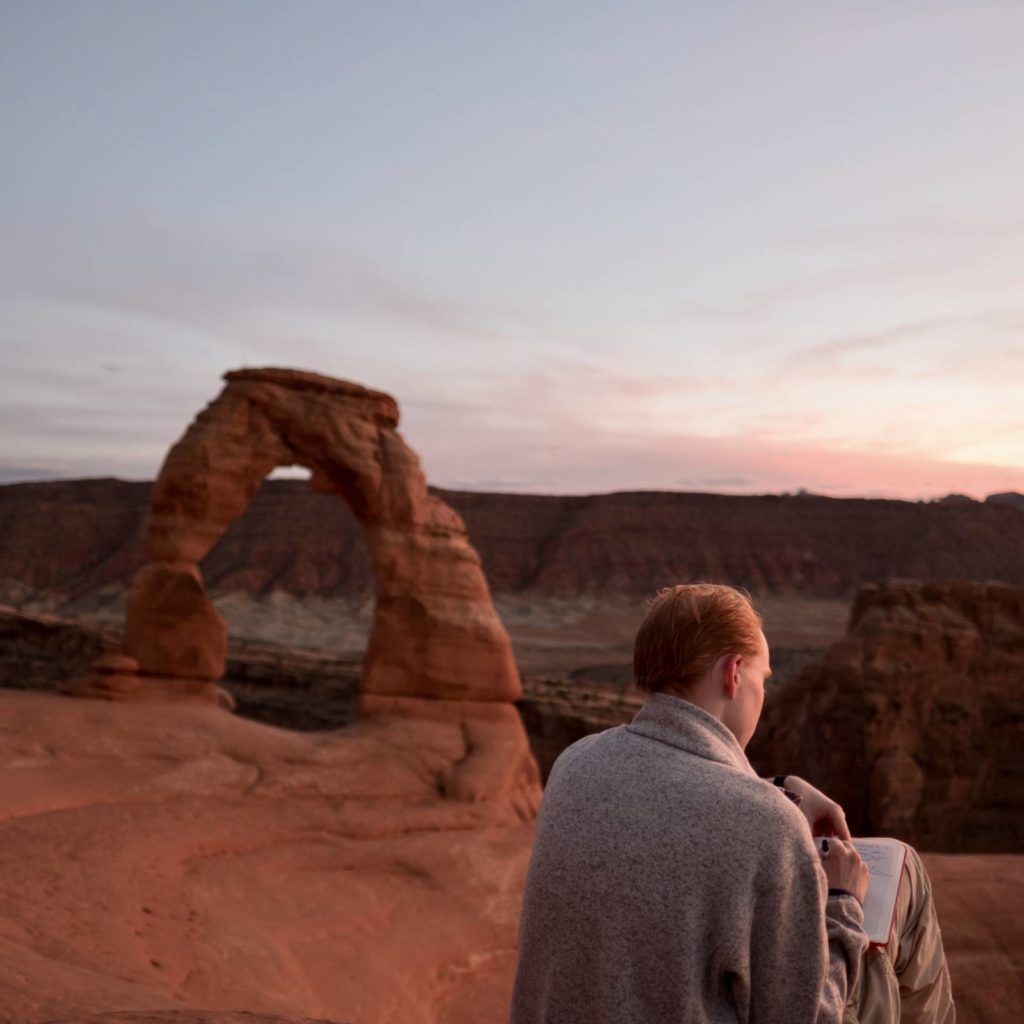Many of us might think of classwork and research as two separate entities. Here at Princeton, we might think, we take classes to learn and to prepare ourselves for independent work, but the two are distinct concepts. But reality is, of course, much more complex: classes at Princeton can and do incorporate elements of independent research work. This spring break, I had the opportunity to conduct field research as part of one of my classes, GEO 372 (Rocks!). We flew down to Death Valley National Park for a week, collecting various rock samples and learning about the regional geology. For the rest of the semester, we’ll be analyzing the samples to answer our given research question.
Continue reading Classwork Meets Research Work: A Unique Field-Based Experience in Death ValleyReading Courses: A Guide
As course selection begins, you might find yourself searching endlessly through the Course Offerings webpage, trying to craft the perfect schedule for next semester. You’re probably weighing a number of different factors— the professor, the class topic, the reading list, the different requirements it fulfills— and trying to balance these in the best way possible.There is another possibility here, which you can’t find in the course offerings: reading courses. Not advertised on department websites or listed with course offerings, reading courses are some of Princeton’s hidden academic gems. The University defines a reading course as a specially designed course not normally offered as part of the curriculum that is arranged between a student and a faculty member. These courses count for academic credit, and focus on a topic of the student’s choosing. If you’ve ever dreamed about designing your own course, this is your opportunity.
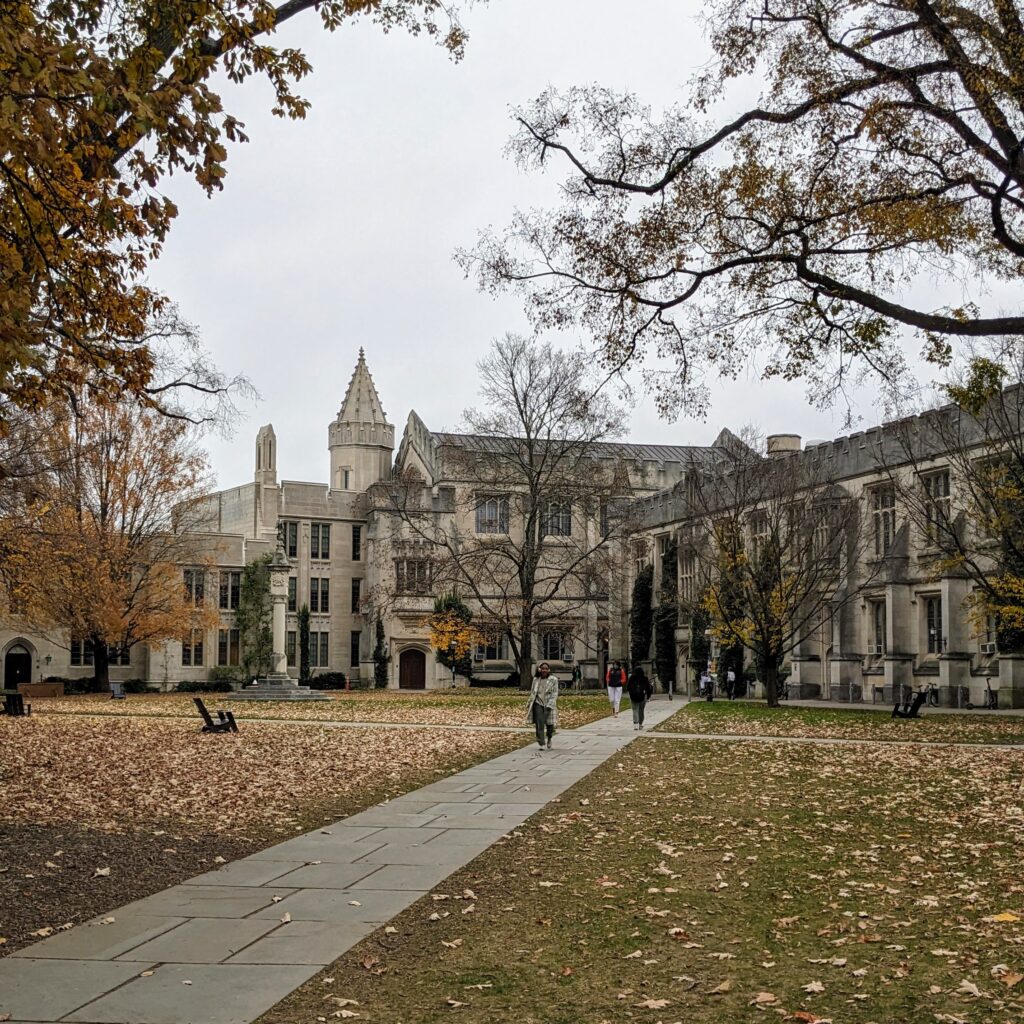
McCosh Courtyard in November
Continue reading Reading Courses: A GuideAdd-Drop Period Survival Guide

If you’re anything like me, course selection is a perfect storm of stress and chaos. It’s at the crack of dawn for some reason, TigerHub feels like it was designed on Microsoft Word, and you are making decisions that have a direct impact on your future. And sometimes it all goes wrong. Seeing that big red X on a course you really wanted to join may be disheartening, but it is not the end of the world! I am here to offer some advice for surviving the magical solution to all your course selection woes: add-drop period.
Continue reading Add-Drop Period Survival GuideWhat to do when Courses Require Instructor Permission
It’s that time of year again: everyone is spending endless amounts of time browsing and discussing the available spring courses with their friends, advisers, and mentors. The buildup is for good reason: it’s important to put together a balanced, enjoyable course schedule (for tips on how to go about doing that, check out this post).
I’ve personally had my eye on NEU 350, the neuroscience major requirement known for teaching data analysis techniques and lab procedures. Thus far in my Princeton career, I’ve learned a lot about theoretical methods within the discipline, but I’ve yet to actually apply those methods myself and work with real data. I wanted to take the class to learn these skills and broaden my understanding of what actual work within the neurosciences looks like.
However, I noticed under the “Prerequisites and Restrictions” header of the course on the registrar website that sophomores need permission from the Instructor to take the course. I found this odd considering that many sophomores are enrolled in NEU 314, a class that is typically taken by neuro majors the semester before NEU 350. The need for instructor permission felt intimidating to say the least, and in this post, I’ll share a few steps I took to learn more about NEU 350 and whether or not I should take it this spring.
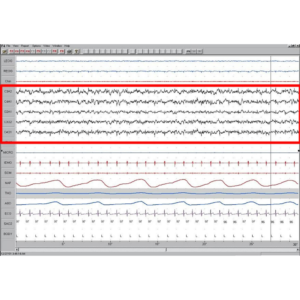
Continue reading What to do when Courses Require Instructor Permission
Coursework and Independent Work: Using One to Guide the Other
Choosing a topic for independent work can be a challenging task. It can be difficult to narrow down the seemingly infinite research topics to one that you find compelling (see my post here with tips on how to do that), and on top of that, you have to juggle your research with coursework that may be unrelated. It isn’t always easy to switch gears between, say, literary criticism and your STL. That said, your coursework need not be totally separate from your independent work, and need not even parallel your independent work at the exact time you are conducting it. With courses for the spring semester just released, I want to suggest ways that you can structure your selections to complement (and even supplement!) your own research. This way, next semester, your own independent work may not actually be so “independent” after all. Continue reading Coursework and Independent Work: Using One to Guide the Other
How to Survive a Writing-heavy Semester

It’s always recommended to balance your course workload appropriately with a good number of paper classes and problem set (p-set) classes. While it’s definitely not ideal, sometimes you just end up taking multiple classes with a demanding reading and writing workload–which means you can also end up with four or five final papers. Some students may actually prefer having only papers and no exams, and vice versa. Exams are a one-and-done deal, whereas final papers allow an indefinite amount of time and access to endless resources–but this can be stressful in its own way. Sometimes, you never know when you’re truly done with a paper, and it can be difficult to allocate time effectively when you’re juggling multiple written assignments.
Being a prospective English major, I tend to pile my coursework with a lot of reading and writing-heavy classes. Last spring, I took four humanities/social science classes and had four papers due for Dean’s Date. Needless to say, in the beginning I felt overwhelmed by the thought of having to write and polish several papers in what felt like not nearly enough time. As a general rule of thumb, I’ve learned that time management is especially crucial when having to complete multiple Dean’s Date assignments, and that planning ahead on your papers can make your life so much easier.
Aside from time management, here are some tips so that you can avoid feeling a sense of impending doom by the time Dean’s Date rolls around:
Writing for Fun? (Part 2): Journalism and Academic Writing
In my last post, I started an exploration of writing on campus to understand how students approach the writing process outside the classroom in their own work and in extracurriculars. In that post, I considered creative writing and the ways academic writing can present a similar opportunity for expression and creativity.
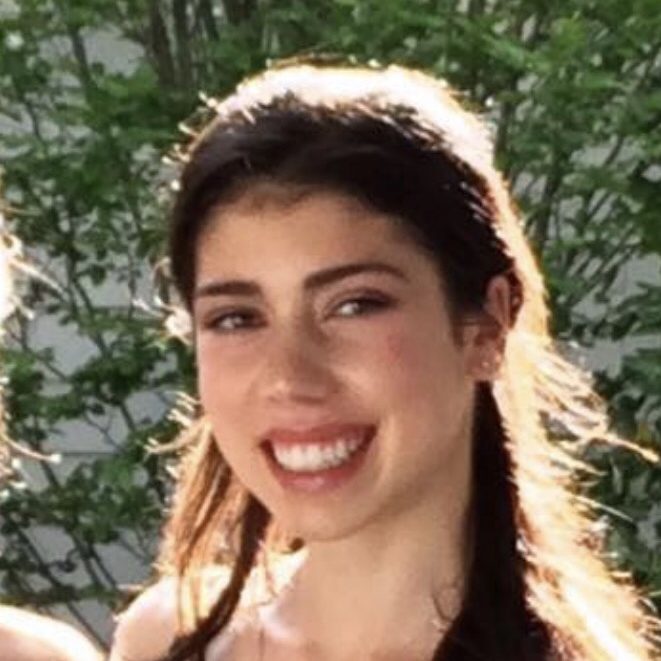
In this post, I interview Sam Shapiro ’21 who is a Features Editor and writer for the Daily Princetonian. In my interview with Sam, we discussed the differences and similarities between journalism and academic writing and how to bring the thrill one feels when chasing a story for a publication to a term paper in class. Continue reading Writing for Fun? (Part 2): Journalism and Academic Writing
Writing for Fun? Part 1: Creativity and Academic Writing
We are constantly writing––composing emails, blackboard posts, essays, and dean’s date papers. In this two-part series, I am interested in understanding the different forms of writing students explore on campus. Specifically, I interview students who write for campus publications to see how they approach the writing process in their extracurriculars.
In this post, I Interview Serena Alagappan ’20, the Editor-in-Chief and a writer for Nassau Weekly. Serena is a comparative literature major who, for three years now, has shared poetry, cultural critiques, profiles, and fiction through the Nass. In my interview with Serena, we discuss creative writing and the connection she has experienced between her academic and personal writing. Serena encourages students to explore writing through the Creative Writing program and shares advice on how students can carry over the freedom and expression of creative writing into more formal and rigid academic subjects.
Continue reading Writing for Fun? Part 1: Creativity and Academic Writing
Starting the Semester: How to Stay on Top of Things
Princeton semesters are hard. For most people, the stress comes and goes throughout the semester.
Going into sophomore year, I wanted to try new extracurriculars (like writing for PCUR and being a writing center fellow) and to continue things that I’d done since my first year (like Princeton University Orchestra and Princeton Social Innovation), but I was worried about how to manage everything.
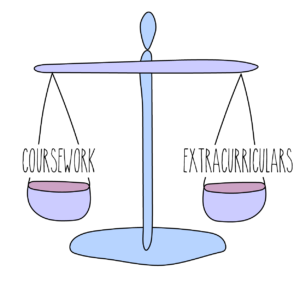
Extracurriculars are such a crucial part of life here at Princeton, but we’re also students first. How could I try to start the semester off on the right foot?
This question became all the more pressing when classes started and I got a better understanding of the time commitment and effort that was required for each of my classes.
While it was extremely easy to feel overwhelmed, I tried to stay calm. Continue reading Starting the Semester: How to Stay on Top of Things
GEO/WRI 201: The Best Course on Scientific Research and Writing Offered at Princeton
“Any science major should consider this course…it is basically independent work guided by two top notch professors and supported by an entire seminar class.” – Anonymous Student Review
Every undergraduate studying the natural sciences at Princeton undertakes significant independent research projects in their Junior and Senior years. GEO/WRI 201: Methods in Data Analysis & Scientific Writing is a unique course designed specifically to teach students how to write an independent scientific paper. If you are a Sophomore or Junior looking to attain the concrete skills and confidence to tackle independent research, there is no better class to take.
In 201, you will learn how to design, research, write, and present original scientific research, all through the lens of measuring changing landscapes using satellite and drone-derived aerial imagery. Under the mentorship of Adam Maloof (GEO) and Amanda Irwin Wilkins (WRI), and with the support of your peers, you will: develop an original, well motivated scientific question; design effective field methods to test a specific hypothesis; quantitatively analyze data and imagery; and learn how to effectively communicate the results in a scientific paper and slideshow presentation. The highlight of the class is a nine day field trip across Utah, where students work collaboratively to implement their own field methods, piloting drones and collecting climatological data.
